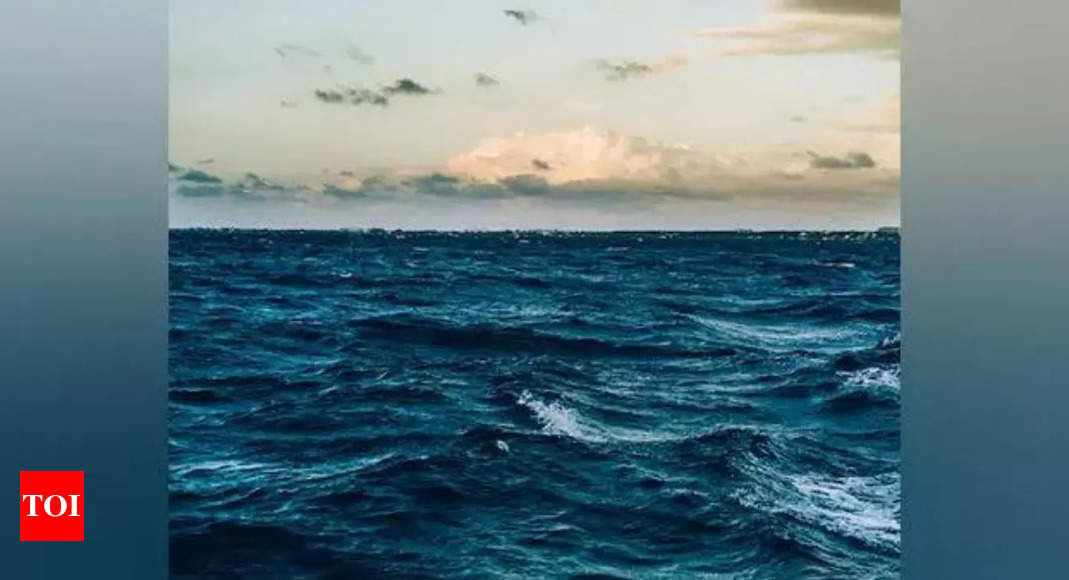WASHINGTON: Vegetation that stay on land, equivalent to spinach, develop through the use of daylight to carry out photosynthesis.
How, then, do algae photosynthesize within the deep sea, an surroundings the place solely a bit mild reaches them? Land crops primarily soak up pink and blue mild from the solar and use it for photosynthesis.
Nonetheless, solely weak blue-green mild reaches the ocean flooring.
Subsequently, macroalgae rising within the ocean have developed a protein, a so-called photosynthetic antenna, that effectively makes use of this blue-green mild.
The photosynthetic antenna of marine macroalgae is similar to that of land crops however differs within the construction of the pigments sure to it.
Land crops have two varieties of pigments sure to their photosynthetic antennae, specifically carotenoids and chlorophylls.
Within the marine inexperienced macroalga Codium fragile, the main carotenoids are substituted with siphonaxanthin whereas some chlorophyll a molecules are changed by chlorophyll b molecules.
Siphonaxanthin and chlorophyll b are identified to contribute to elevated absorption of inexperienced mild and blue-green mild, respectively, however the mechanism has not but been totally understood.
Responding to this hole, a analysis staff led by Affiliate Professor Ritsuko Fujii, from the Analysis Middle for Synthetic Photosynthesis (ReCAP) at Osaka Metropolitan College, and graduate pupil Soichiro Seki, from the Graduate Faculty of Science at Osaka Metropolis College, used cryogenic electron microscopy to analyze the constructions and binding environments of pigments sure to the photosynthetic antenna of C.
fragile.
The outcomes permit for the elucidation of the molecular mechanism by which blue-green mild — the one mild accessible in deep seawater — is effectively utilized for photosynthesis.
Their findings have been printed in BBA Advances on November 11, 2022.
Excessive-resolution evaluation by cryogenic electron microscopy confirmed that siphonaxanthin in C.
fragile is tremendously distorted and varieties hydrogen bonds with the encompassing protein at two areas.
This structural characteristic is deemed a key consider siphonaxanthin’s skill to soak up inexperienced mild.
Moreover, the researchers efficiently detected the distinction between chlorophyll a and chlorophyll b, they usually clarified a number of chlorophyll molecule substitution websites.
When the substitution happens, the adjoining area of chlorophyll b clusters turns into wider, enabling higher absorption of blue-green mild.
In different phrases, the staff was capable of acquire info on the pigment coordinates, contributing to a greater understanding of the mechanism of extra environment friendly photosynthesis.
“I feel rising the utilization of photosynthesis just by altering the pigment construction can be an economical technique,” defined Professor Fujii.
“Studying such survival methods of organisms would result in improved use of daylight and the event of renewable power sources for human beings.” .



Comment here